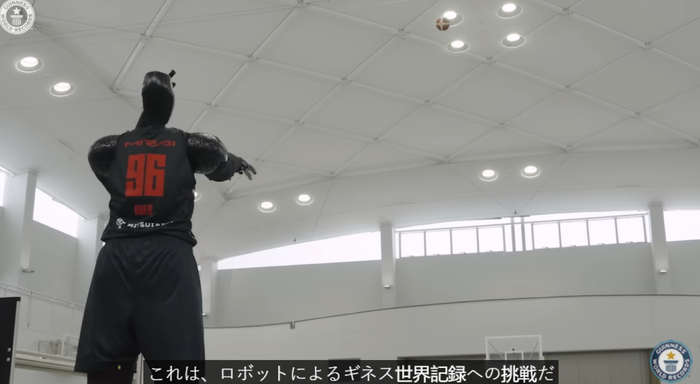FAA Authorizes First Beyond Line of Sight Drone Delivery Flights in Dallas
Zipline International and Wing Aviation are first operators to receive authorizations

The Federal Aviation Administration has for the first time authorized beyond visual line of sight (BVLOS) flights by multiple commercial drone operators in a shared airspace over populated areas.
Drone-delivery services Zipline International and Wing Aviation will operate around Dallas, where commercial drone activity has taken off over the last few years.
Under the new authorization, Wing and Zipline will deliver packages while keeping their drones separated by using unmanned air system (UAS) traffic management (UTM) technology. It will be up to the operators to manage the drone traffic — with FAA safety oversight.
“This is the first time the FAA has recognized a third-party to safely manage drone-to-drone interactions,” said Praveen Raju, a program manager in the FAA’s NextGen Office. “As always, safety comes first, and we require exhaustive research and testing before giving the green light.”
Using UTM services, the companies will share data and planned drone-flight routes with other authorized airspace users in order to safely organize and manage flights around each other in shared airspace. The operators will be using previously agreed consensus standards, which the FAA accepted, to allow multiple layers of low-altitude drone operations. All flights will take place below 400 feet, where most traditional aircraft are not permitted to fly.
The FAA expects the first flights to begin this month and to authorize more operators to fly in the Dallas area soon.
This new authorization is the latest step in what is known as the North Texas Shared Airspace Implementation. Wing and Zipline are two of several drone-delivery companies participating in the project and are the first to receive the go-ahead to begin actual deliveries.
The initiative began in 2023 with simulated tests of the UTM system with BVLOS flights around Dallas. The simulations were followed by live testing in separated airspace. The operators safely conducted thousands of flights before the FAA issued the authorizations.
“The industry is providing us with a lot of detailed documentation, and we’re providing a lot of oversight,” said Jarrett Larrow, regulatory and policy lead at the FAA’s UAS Integration Office. “These public-private partnerships are key to safely integrating drones into our National Airspace System.”
The initial operations will help the FAA as it works to develop additional UTM services, including improved situational awareness and enhanced cybersecurity. They will also help the agency develop UTM rules that allow wide-scale BVLOS drone operations without special authorizations.
Companies and organizations around the world, including the Global UTM Association (GUTMA), have expressed interest in the North Texas UTM effort and are sending delegations to learn about the project as they seek to develop their own UTM systems.Canada’s aviation authority, Transport Canada, and the country’s air navigation service provider, Nav Canada, recently started phase 2 UTM trials.
“UTM is a critical piece for safe, routine, scalable BVLOS operations and to ensure everyone has equitable access to the airspace,” Larrow said. “If service providers and operators are successful in cooperatively sharing the airspace using UTM, it will be a repeatable process nationwide.”
About the Author
You May Also Like








